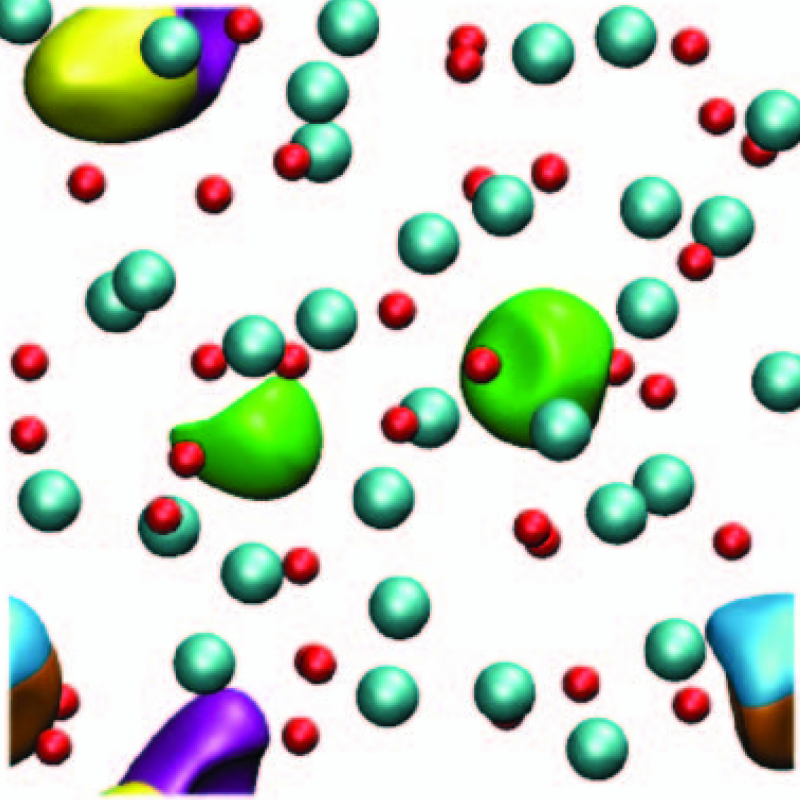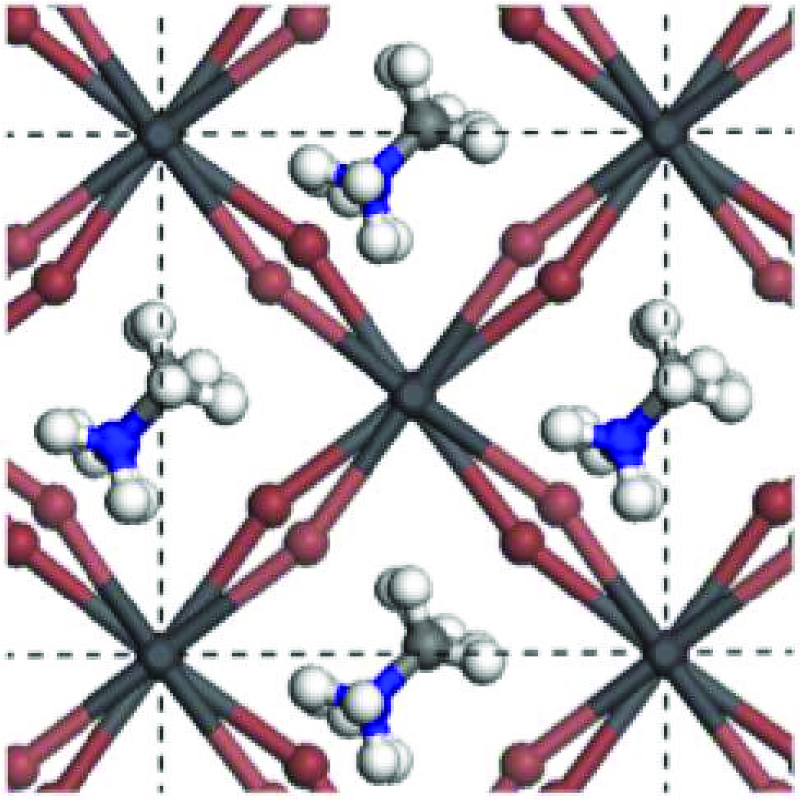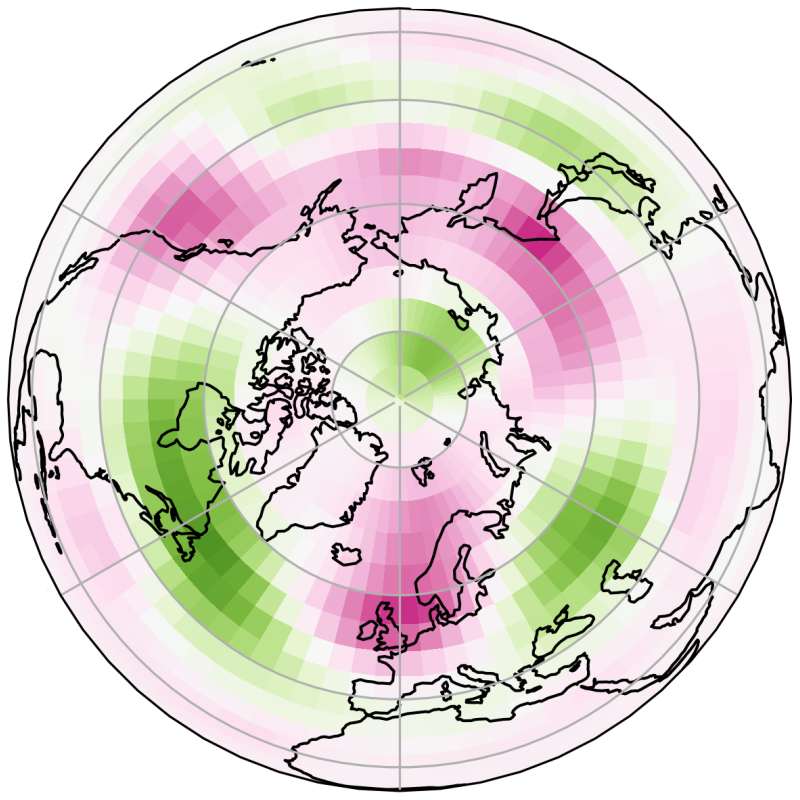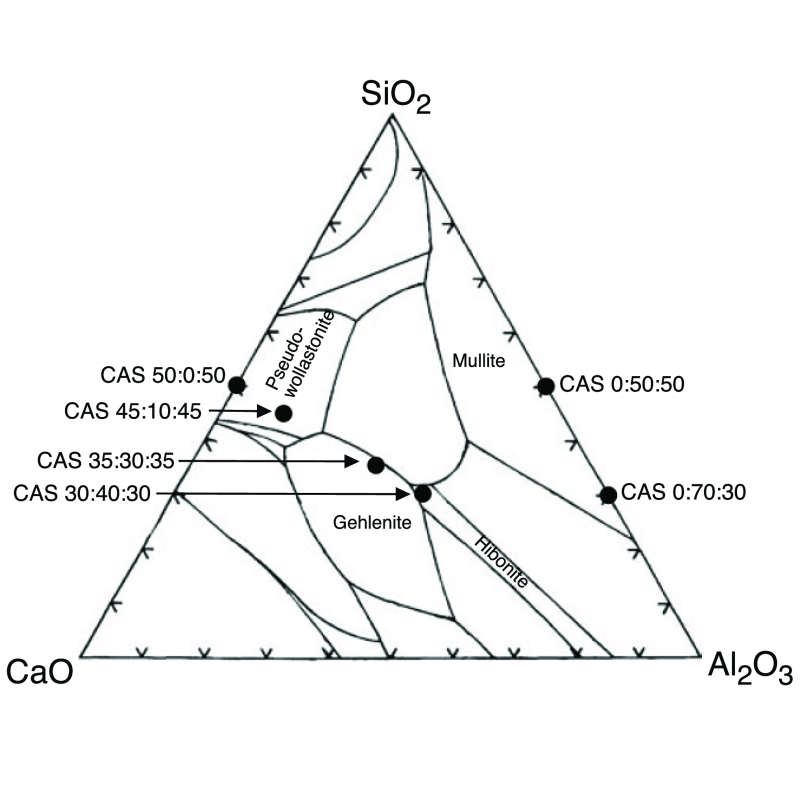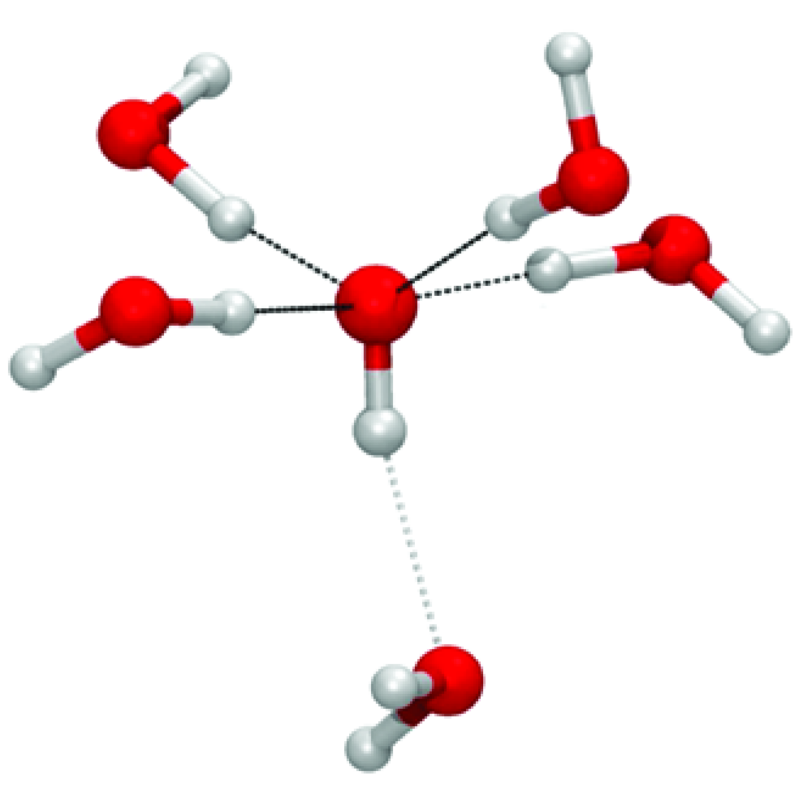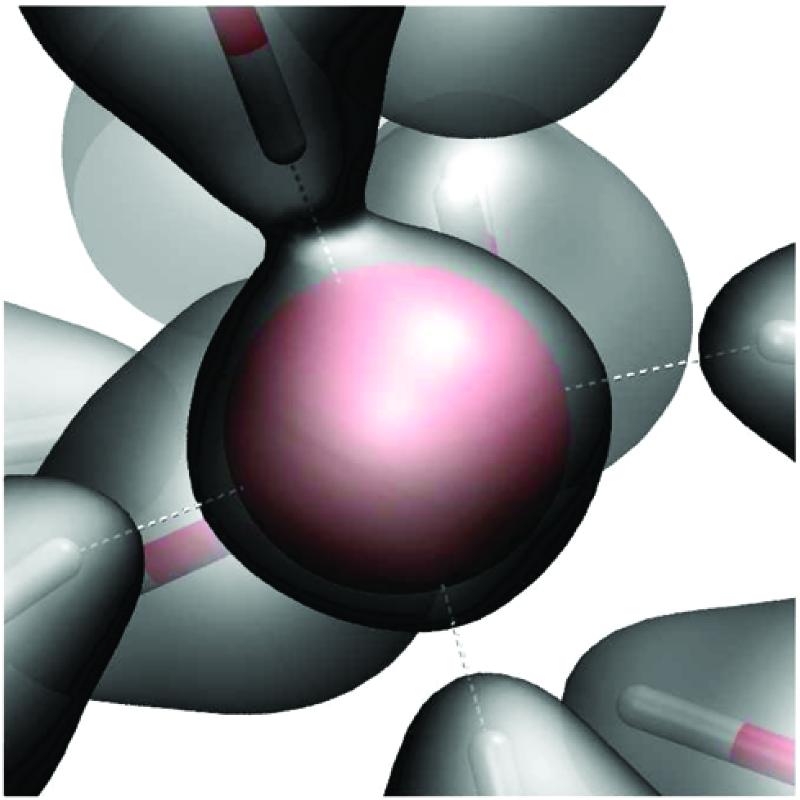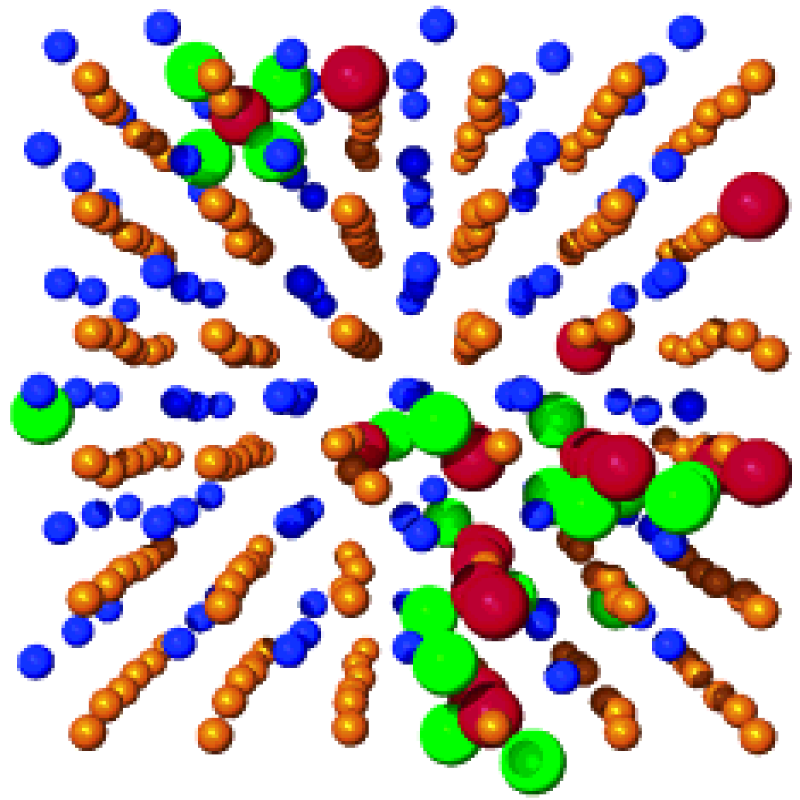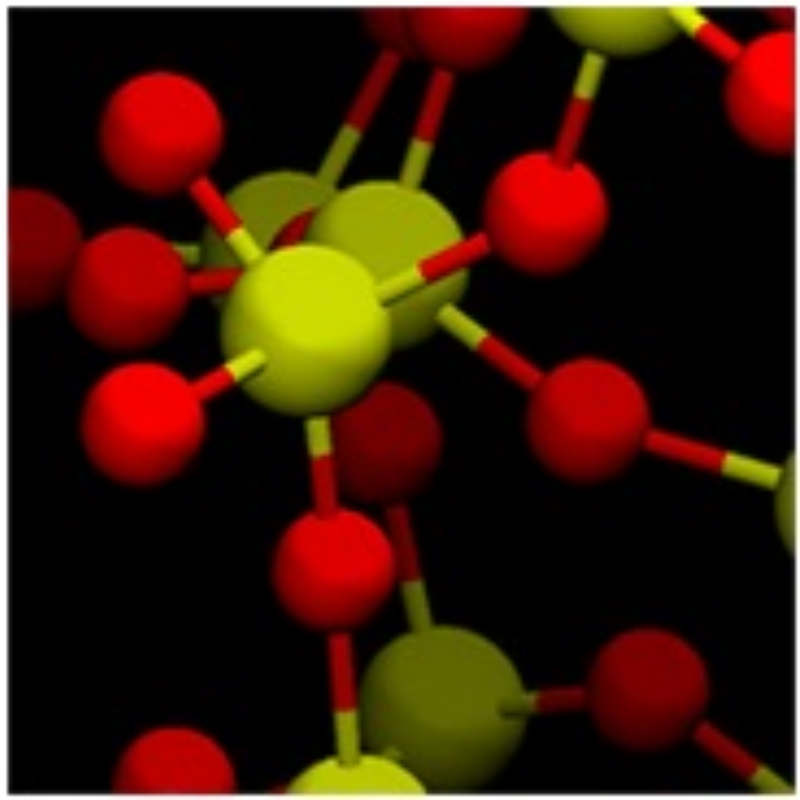Mathematical models guide critical decisions, warn us of natural disasters or extremes of weather, predict changes in financial markets, explain the movements of stars and galaxies, and lead the design new medicines and materials.
Click on the images below to go to a paper or to a project page.
Some pages are under construction, and so the link is to a published, peer-reviewed paper.
The models and algorithms described here are designed to run on high-performance computers using message-passing, threaded, or accelerated codes designed for low-latency. Some of the codes implement statistical learning machines that ‘know’ how to predict financial and seasonal time series. Others use the laws of quantum and classical mechanics to optimise industrial processes; or to calculate the distribution of electrons in a partly disordered crystal that explains high power conversion efficiency in a solar cell.
Wherever possible, codes and data are available, either at links given on project pages linked above, or on request here. Codes are hosted by GitHub. Data are available from S3 storage, or standard databases.
Publicly funded projects are described in peer-reviewed publications, with a full list provided by Google Scholar, along with citation statistics (an h-index of 31). Pages on this site start with a summary of a calculation and its value in plain language, and become more technical and mathematical. In some cases an extension of the published work is given here.
Commercial and government projects are described here as fully as possible and more information is often available on request.
